18 Types of Cilantro With Sophisticated Flavors
Author: Jen Worst | Editor: Omar Alonso
Review & Research: Jen Worst & Chris Miller
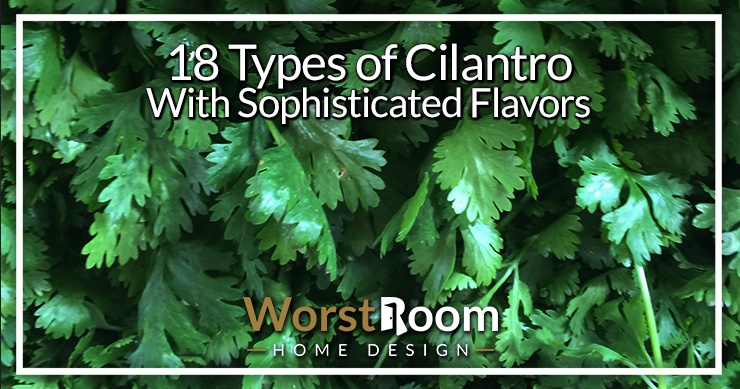
Believe it or not, all the many types of cilantro are among the most used greens that work as a food source and also act as a herb for natural remedies. It is used on dishes to bring out a citrusy complex flavor.
Not everyone will like the use of cilantro, but most people do and has been using it since ancient times. Cilantro was discovered in 6,000 B.C. in the Mediterranean. Since then it has been cultivated in abundance throughout West Asia, Northern Africa, and Southern Europe.
Now as you discover, you are likely to find many different types of cilantro. In this article, we will be discussing some common cilantro varieties that are available.
18 Types of Cilantro
Cilantro is also known as the Chinese parsley and are essentially coriander plant leaves. There are many variations of cilantro around the world, and we are here to highlight each type and its properties for you. And we won't leave you hanging without some tips on how to grow cilantro when you find the types you want to try.
Vietnamese Cilantro
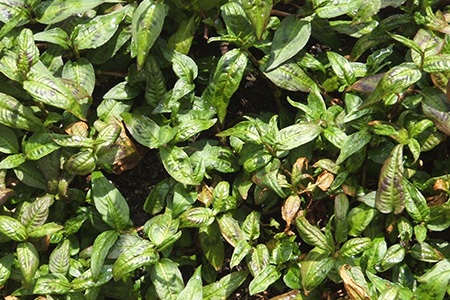
Also identified as Rau Ram and Phak Phai, it is a flavorful ingredient that grows in places like zone 10. This particular cilantro has narrow leaves with veins on each side and smooth margins on the surface. The whole part of this plant, including the leaf and stem can be used in food preparation.
These leaves are mostly used in Vietnamese soups and salads. Vietnamese cilantro cannot withstand a cold climate, and if exposed to low temperature, it is best to avoid using it until it is restored.
The taste of these cilantro types is more lemony, peppery, and spicy, which turns out to be a match winner in making Asian dishes.
Culantro
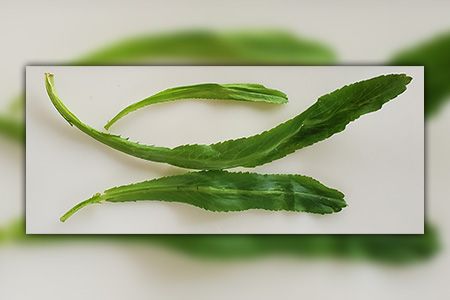
This particular green came from the American region. It is also known as Mexican coriander or spiny coriander. Culantro is an ideal replacement for leaf cilantro. It has an appearance like saw leaf or long leaf lettuce and can be used for cooking as well as medicinal purposes.
Culantro produces a rich citrusy aroma when used as a food ingredient. You can find the use of Culantro in many Mexican dishes. This leafy ingredient has been widely used in the West Indies and American nations for making stews, chorizo, etc.
These varieties of cilantro are known to have more potency than cilantro leaf and has a strong floral smell which can be wisely paired with thyme and black pepper to give a flavor to a dish.
Indian Coriander
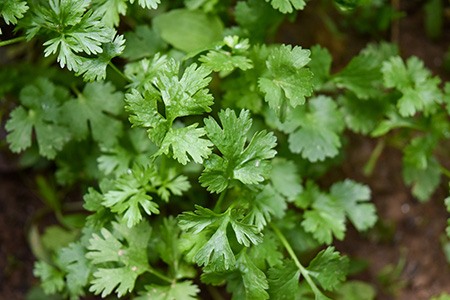
The Indian coriander, also known as Indian summer cilantro or Dhania is a staple ingredient in Indian dishes. These types of cilantro are quite hard to cultivate and needs good care. It takes 2 years or more to work on its full growth. The taste is delicate, a little citrusy, and sugary and, therefore a favorite amongst many people.
One problem that people face while growing this cilantro is that it attracts pests, and therefore, those who plan to cultivate it have to be experienced enough to care for these essential food sources.
With the flavor it offers, you will be able to make some of the scrumptious Indian dishes at your home. It is known as one of the most used ingredients in the sub-continent.
Moroccan Coriander
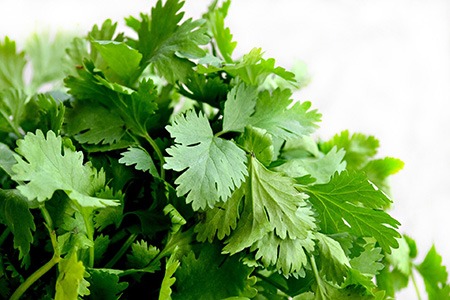
If you are looking for a mild acidic herb, then this Moroccan Coriander can be a good choice. It is spicy and warm but not as acidic as the other variants. It is best suited to make chutneys and soups because of the sweet and citrus flavor.
Originated in North Africa, it is one of the most used green ingredients in most countries, mostly the middle eastern and Latin ones. These cilantro types have a particular advantage over other variants. It emits a pleasant smell that can counter all the foul smells to give the dish a perfect aroma.
This coriander is well suited for hot weather, but we would suggest you not harvest it for too long. Moroccan coriander tastes more warm and toasty and is mild than Indian dhania.
Delfino Cilantro
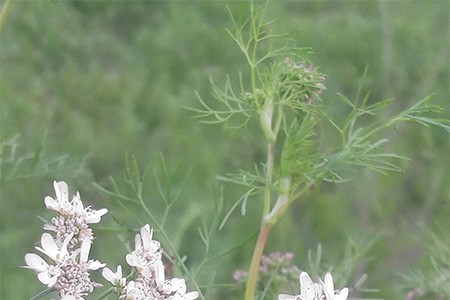
If you are a fan of salsa dishes, then you are probably familiar with Delfino cilantro. It is a high-yielding green that is suited for summer dishes. The good thing about this cilantro is that it can be chopped to perfection and will go on to dishes like gravies, fish curry, soups, and others to add flavors.
These different kinds of cilantro look like a fern and has dense foliage. This cilantro can be harvested in a garden. It has slow bolting leaves and will thrive in hot summer weather. It's time to make the salsa dishes at your home.
Slo-Bolt Cilantro
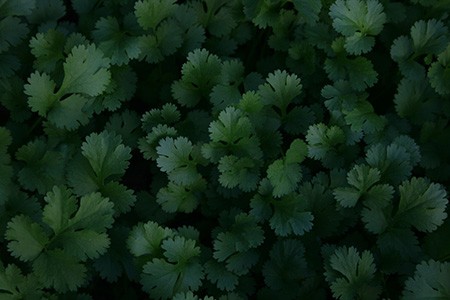
Many of you might know cilantro leaves bolt prematurely, which can be a pain in the neck and hamper the quality of the food. With Slo-Bolt cilantro, you can be assured that the bolting won't be there.
These types of cilantro are members of the carrot species and is famous in Latin America. You can pair it with salsa and Mexican disease to alleviate the taste of your finger-licking creation. The leaves of the Slo-Bolt cilantro are very delicate and tender and produce citrusy and spicy notes, best for making salads.
Long-Standing Cilantro
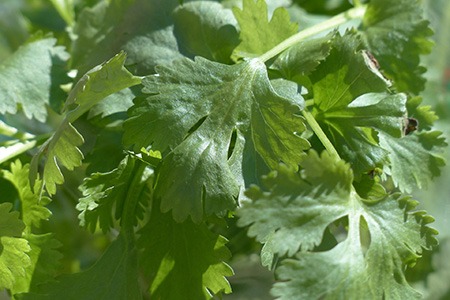
It is a plant that grows fast and has superior yielding seeds and quick maturing leaves. When it comes to appearance, this cilantro has fine steam and is very leafy. It has light green color and has a spicy touch to it. The sweetness is also there to a certain limit that it can balance meat marination.
The seeds of this cilantro can be useful in making bread and pastries. As it flowers at a slower rate the smell and taste remain intact for a longer period. The seeds can also be crushed and added to make stews. It is a common ingredient in Mexican and Caribbean cuisine.
Leisure Cilantro
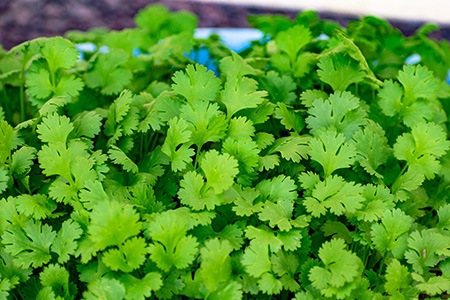
Looking for less bitter cilantro? Then leisure cilantro can be a wise pick. It is probably the most rounded cilantro out there. It bolts slowly and is very hardy; therefore withstands tough weather.
Every part of this cilantro is edible. From seeds to stems and leaves, you can consume everything. The seeds can be used to add spiciness to your dish. The best growing season for this cilantro is spring and autumn.
It appears to be feathery and has tender leaves, which gives you a bright aromatic smell that is not too strong or not too mild. Just the perfect balance.
Calypso Cilantro
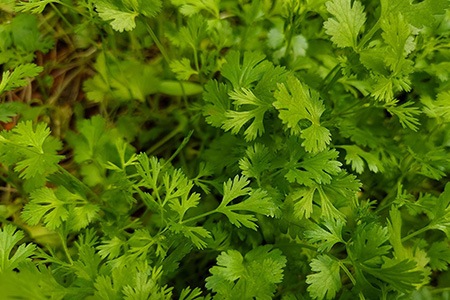
These cilantro varieties are known to have a vigorous yielding property and has strong stems to complement it. The leaves are larger than most cilantro and have a distinctive taste. The taste of it is on the mild bitter side and can work great by pairing it with the sourness of tomato.
The color of the leaves is medium green, and can grow up to 12-18 inches tall. We can assure you that this cilantro is the perfect ingredient for making various dips and sauces. It is mostly used in Thai and Indian cuisine.
Santo Cilantro
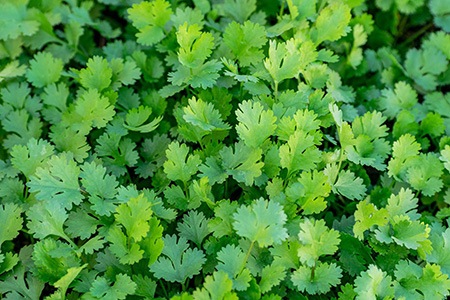
For those who are looking to harvest a leafy plant, the Santo cilantro can be a good choice. Believe it or not, this cilantro is edible to an extent that you can eat it raw without having to cook it. Heating this cilantro can deteriorate its properties.
These types of cilatro are mostly used in spicy and sour dishes. The flavor it emits can be a lifesaver in terms of marinating meat, dressing salads, etc. The good thing about this plant is that you can use it for decorating your food, and the sharp fragrance from the raw leaf will complement your dish for sure.
Caribe Cilantro
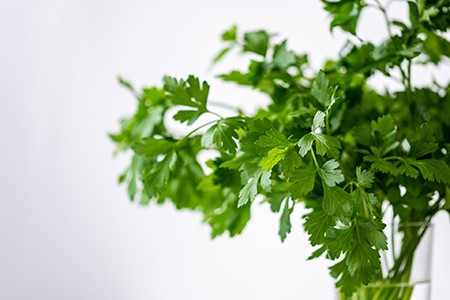
This cilantro is known to be an upgrade to regular cilantro. This cilantro can withstand temperature, stay planted for longer periods and withstand bolting. The caribe cilantro has a sweet and clear touch to it, which can work magic in making dips and sauces for fast foods.
It appears to be dark green and has thin stems to go with it. Caribe cilantro can be chopped and added to stuffed veggies and beans. It can grow in all seasons, and the sweet taste can alleviate your culinary experience.
Indian Summer Cilantro
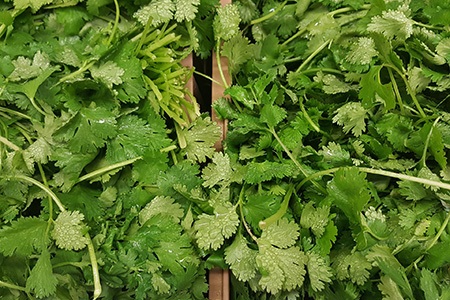
As you can imagine, Indian Summer cilantro is largely used in Indian dishes. Their cuisine is known for its powerful fragrance and potent tastes, part of which is derived from these cilantro types, called dhania there.
This cilantro grows in Asia and in the Mediterranean areas, especially in India, Sri Lanka, Pakistan, and Bangladesh. You'll find it being used in curry, soup, stew, and even to flavor meat dishes. Many find the flavor of these leaves to be too much for them, but if you're a fan of Indian food you'll love it.
Leaf Cilantro
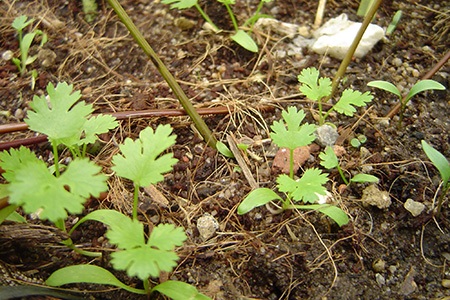
Many refer to Leaf cilantro as simply Chinese parsley, though it is not one of the types of parsley. These different kinds of cilantro grow natively in the latitude range between south Europe and northern Africa, on east through the southern and western regions of Asia.
It's used in dishes and regional styles of food that are meant to have a strong, pungent flavor and scent. It adds a slight citrus flavor that can make a dish have a much more complex experience to eating it. If the flavor is too strong, swap it for Mexican coriander (culantro).
Potluck Coriander
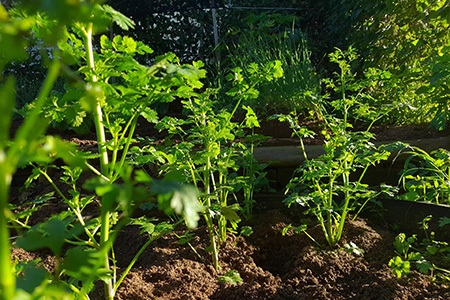
The name of this cilantro comes from its popular use in potlucks, which is basically a dish (or most often a stew) made from whatever ingredients you have around. Potluck coriander is used in more dishes than just potlucks, though.
You can identify these types of cilantro by their lobed, dark green leaves that usually have fur growing along them. You should be able to smell the scent easily as well. It can be thought of as the cilantro that goes with everything, so give it a try.
Seed Coriander
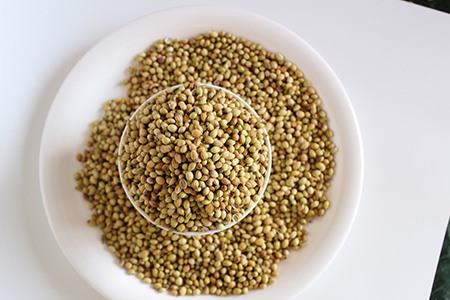
Seed coriander are types of spices made from crushing the seeds of cilantro plants. It doesn't really matter which is used. People are simply seeking that same pungent odor and taste that we've been describing. It's popular to use this spice in Asian dishes.
The spice can be used during cooking, such as in soups, on meat, poultry, or fish, and can be used as types of garnish to additionally improve the presentation of a plate. It's pretty popular in stir fry and curry for the taste.
Jantar Cilantro
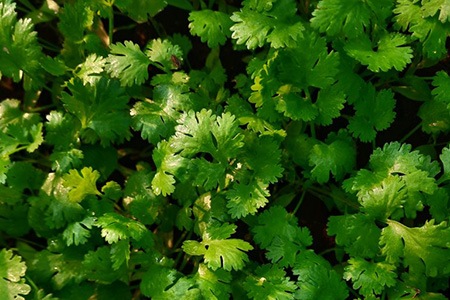
This is a popular cilantro option, along with Santo, to grow at home in an herb garden due to its ability to resist bolting, making sure you get plenty of leaves to harvest. The leaves stay fresh longer too, which is why you encounter them in the stores more frequently.
Marino Cilantro
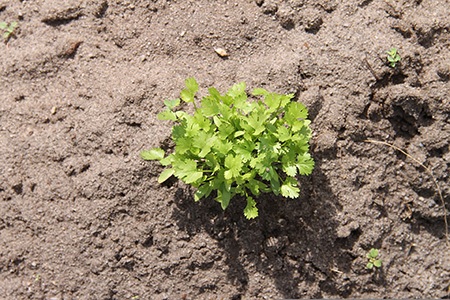
If you want a cilantro that has a a hotter (meaning spicy) taste to it, check out the Marino varieties of cilantro. It forgoes the citrus flavor and instead tastes a bit more like pepper. Beyond the flavor, you'd never know the difference, whether cooking with it, looking at it, or growing it.
Lemon Cilantro
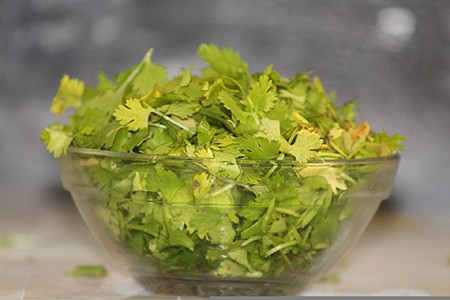
The name comes from the most obvious attribute of this kind of cilantro. It has a heavy lemon flavor relative to others, which do have a citrus flavor. So you know this one really stands out in that department. Even the seeds take on this flavor.
Some people compare the taste to lemon thyme. It's not only easier to grow up north but it actually desires colder climates and can withstand harsh and long winters. Don't try to grow it in the south due to the heat and sun exposure.
Types of Cilantro to Give Your Dish Amazing Flavor
Cilantro is a versatile herb that can add many different flavors to your dishes. Each part of it is edible, but the majority of people use the leaves and seeds of these cilantro varieties as food ingredients.
Another good thing about cilantro is that it can be used as herbal medicine. With time, the cultivation of these leafy greens has given us many different types of cilantro.
From the Middle Eastern ones like the Moroccan coriander to the Asian variants like the Indian summer cilantro, also known as dhania, these and many other types of cilantro have been widely used by chefs and home cooks around the world. We hope this breakdown of cilantro variations will make your cooking endeavor more flavorful.



